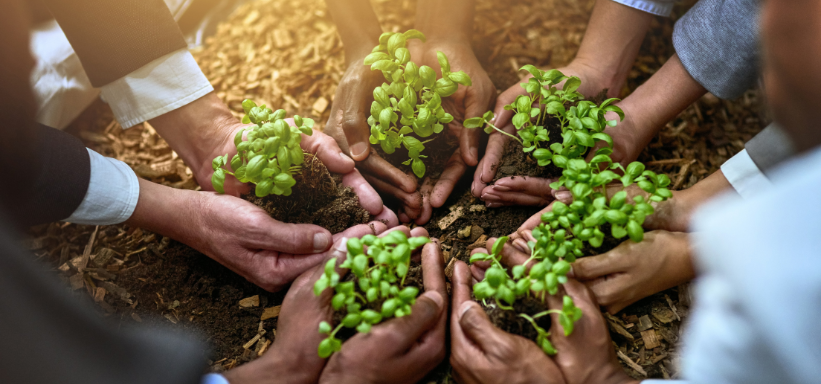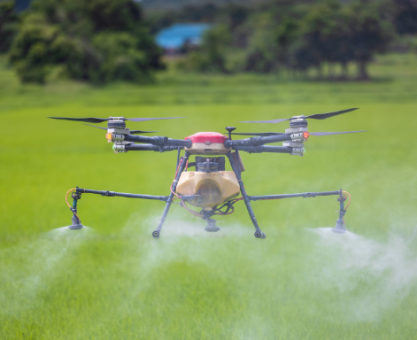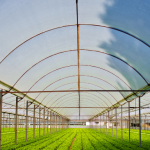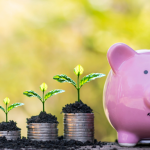Executive Summary
-
Sustainable agriculture offers a dual benefit of financial returns and positive environmental impact.
-
Key investment strategies include direct farmland investments, sustainable agribusiness stocks, and agriculture-focused funds.
-
Challenges include market volatility, climate risks, and regulatory hurdles.
-
Understanding market trends and leveraging expert insights can enhance investment outcomes.
Introduction
Investing in sustainable agriculture is not just about reaping financial rewards; it’s about contributing to a sustainable future. As global demand for food rises and climate change impacts agricultural productivity, investors are increasingly turning to sustainable agriculture as a viable investment avenue. This article explores how you can maximize returns in this sector while contributing to a greener planet.
Definitions / Context
Sustainable agriculture refers to farming practices that meet current food needs without compromising the ability of future generations to meet theirs. It involves efficient resource use, biodiversity conservation, and minimizing environmental damage. Investors can engage through farmland ownership, investing in sustainable agribusinesses, or participating in agriculture-focused funds.
Benefits / Pros
-
Growth Potential
Rising global populations and food demands offer significant growth opportunities. -
Environmental Impact
Encourages eco-friendly practices, reducing carbon footprints. -
Government Support
Many governments offer incentives for sustainable practices, enhancing returns.
Risks / Cons / Challenges
-
Market Volatility
Prices of agricultural commodities can fluctuate significantly. -
Climate Risks
Weather unpredictability can affect yields and investment stability. -
Regulatory Challenges
Compliance with environmental regulations can be complex and costly.
How to Invest in Sustainable Agriculture
-
Research and Identify Opportunities: Look for viable farmland, agribusiness stocks, or funds focused on sustainability.
-
Evaluate Risks and Returns: Assess the financial health and sustainability initiatives of potential investments.
-
Diversify Portfolio: Spread investments across different segments to mitigate risk.
-
Monitor and Adjust: Continuously review market trends and adjust strategies as needed.
Consider the example of an investment firm that transformed underutilized farmland into a profitable organic farming enterprise. By adopting sustainable practices and leveraging government subsidies, they not only increased yields but also enhanced the land’s ecological health.
– GreenYield Capital
Expert Tips / Strategic Insights
Epiidosis recommends partnering with agronomists and sustainability experts to make informed decisions. Stay updated with industry trends through reports and market analyses to identify emerging opportunities.
Tools / Resources / Calculators
-
Farmland Valuation Tools: Access online platforms for evaluating land value and potential returns.
-
Sustainable Agriculture Networks: Join forums and networks for insights and collaboration.
-
Government Incentive Portals: Explore subsidies and incentives related to sustainable agriculture.
Conclusion
Sustainable agriculture presents a promising investment opportunity with the dual benefit of financial returns and environmental impact. By understanding market dynamics and leveraging expert insights, investors can navigate this sector effectively.























